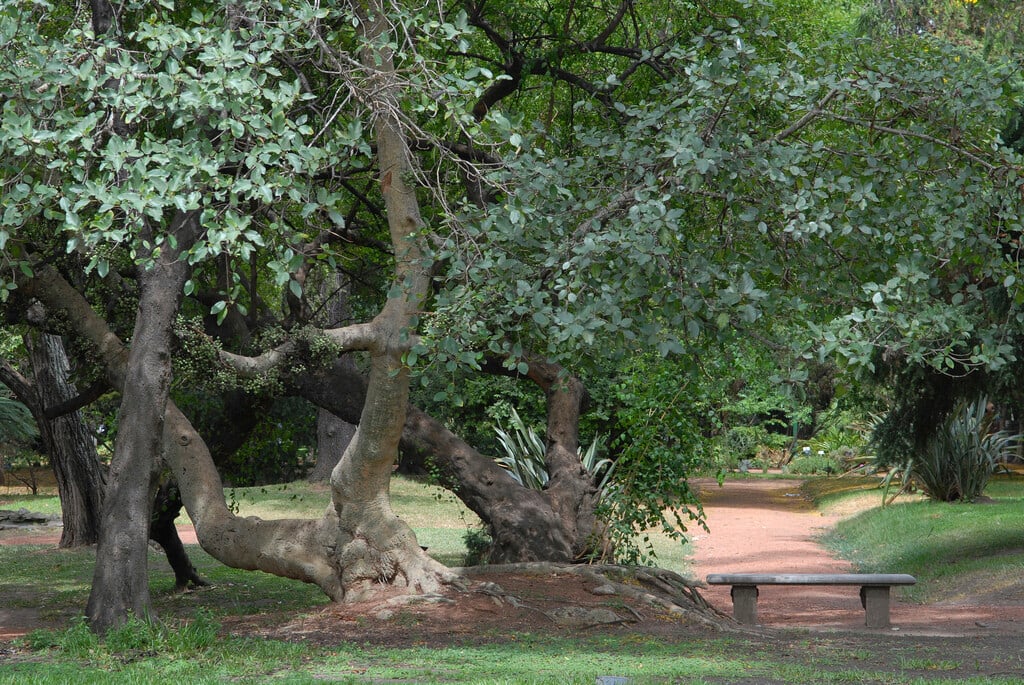Ficus sycomorus
sycamore fig
A large, subtropical evergreen tree, over 20m high in its native range, with widely spreading branches and oval to elliptic, papery or slightly leathery leaves to 20cm long, with unevenly toothed edges. Small, round figs are produced in the leaf axils and on short stems directly from the trunk, beginning green and ripening to orange-red, with several crops produced over the year
Other common names
Egyptian sycamoremulberry fig
see morePharaoh's fig
sycamore of the Bible
sycomore fig
sycomore tree
Size
Ultimate height
Higher than 12 metresTime to ultimate height
20–50 yearsUltimate spread
Wider than 8 metresGrowing conditions
Moisture
Moist but well–drainedpH
Acid, Alkaline, NeutralColour & scent
| Stem | Flower | Foliage | Fruit | |
| Spring | Green | Green Orange Red | ||
|---|---|---|---|---|
| Summer | Green | Green Orange Red | ||
| Autumn | Green | Green Orange Red | ||
| Winter | Green | Green Orange Red |
Position
- Full sun
- Partial shade
Aspect
East–facing or North–facing or South–facing or West–facing
Exposure
Exposed or Sheltered Hardiness
H1BBotanical details
- Family
- Moraceae
- Native to GB / Ireland
- No
- Foliage
- Evergreen
- Habit
- Spreading branched
- Potentially harmful
- Skin allergen. Wear gloves and other protective equipment when handling
- Genus
Ficus can be evergreen or deciduous trees, shrubs or climbers, with often leathery, simple, entire or lobed leaves and tiny flowers borne within a hollow receptacle which enlarges to form the fruit
- Name status
Unresolved
How to grow
Cultivation
Thrives in fertile soil, in its native range it is found in savannahs and along the edges of rivers and streams
Propagation
Propagate by seed or by semi-hardwood cuttings
Suggested planting locations and garden types
- Architectural
Pruning
Pests
May be susceptible to aphids and scale insects
Diseases
May be susceptible to honey fungus
Get involved
The Royal Horticultural Society is the UK’s leading gardening charity. We aim to enrich everyone’s life through plants, and make the UK a greener and more beautiful place.
